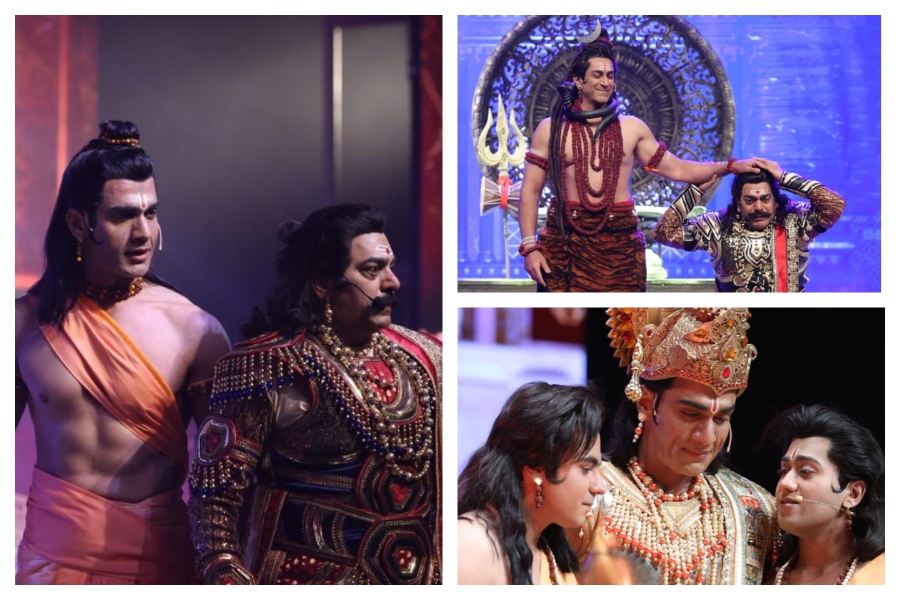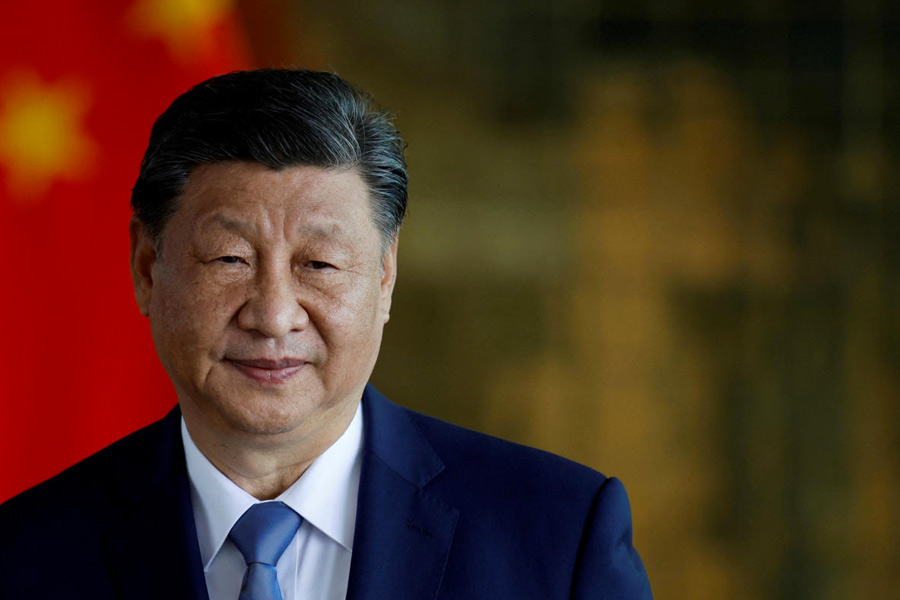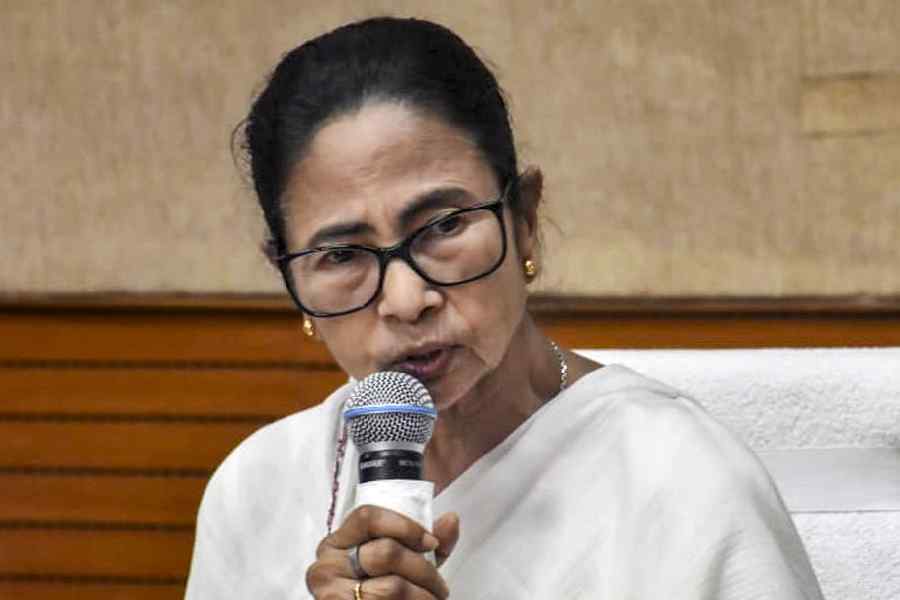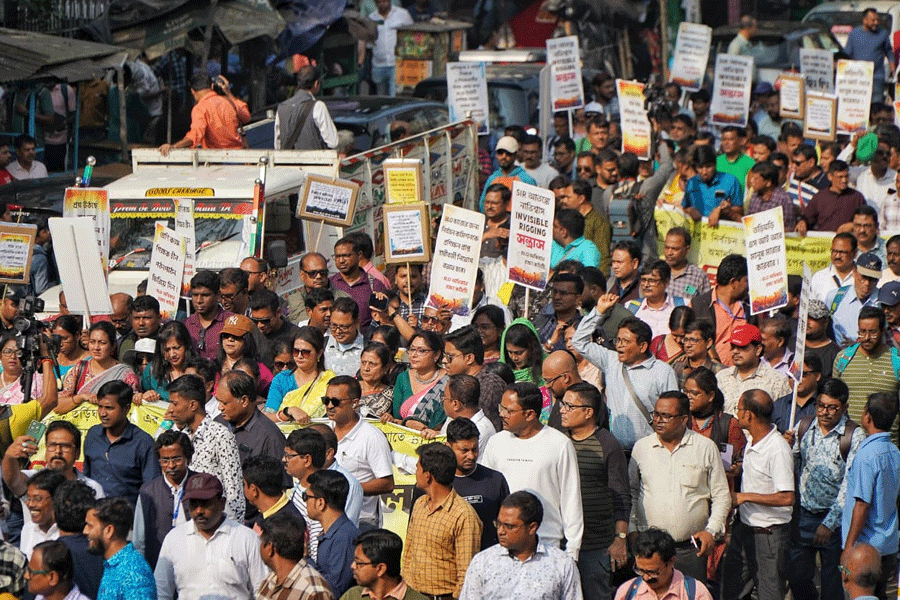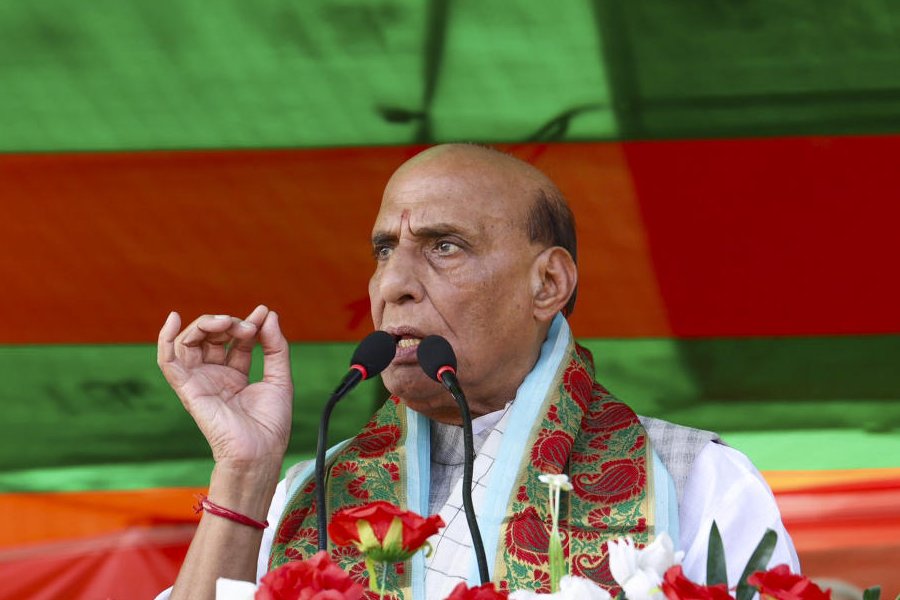When it comes to alternative theatre, there are several collectives in the country that have lately been trying to reclaim suppressed voices, particularly in the context of caste, gender, and regional identity. In this latter category falls Felicity Theatre’s Humare Ram, a four-hour-long play that reimagines the Ramayana through a distinctly divergent lens. Featuring the founder of Felicity Theatre, Rahull R Bhuchar, as Ram, and veteran actor Ashutosh Rana as Ravan, the play demands praise for its reinterpretation of Valmiki’s epic, choosing to instead highlight psychological landscapes of the characters and instances from the original narrative that have now either been lost to time or deliberately excluded from contemporary retellings.
Multiple versions of the epics exist in our country, and while it is natural that we are unaware of many of them, shows like Humare Ram help provide more fodder for discourse; not only retelling a familiar story but also urging us to question which version of mythology — and by default, social values — we choose to uphold.
The first thing that strikes you about Humare Ram is its visuals. The play is in every way a sensory delight, with brilliant use of high-tech visual effects — bright, colourful costumes, backdrops, and stage props all add to the overall grandeur that the play aims at. Couple this with riveting music by industry stalwarts Kailash Kher, Shankar Mahadevan, and Sonu Nigam, and you’ve got yourself a play that is already halfway to greatness.
However, what really makes Humare Ram stand out is its treatment of the storyline. Lots of aspects of the epic, previously unknown to me, captured my attention when I went to catch the last of the stagings in Calcutta (if you missed the four shows that were held at the Science City Auditorium last weekend, fear not, the play will return to town in October).
These new learnings — integrated into the play thanks to years of research undertaken by director Gaurav Bhardwaj — come together to not only make the narrative much more layered and nuanced, but also help us gain more insight into the socio-cultural and emotional context of each character, making the audience perceive the play and its people beyond the binaries of good and evil.
Voices of the subdued and suppressed
Interestingly enough, Humare Ram does not follow a traditional linear narrative. Instead, it begins in medias res, at a very crucial moment in the story. Luv and Kush, retrieved from Valmiki’s ashram in the woods, have been singing of the glories of Ram in the court of Ayodhya on the day the Ashwamedh Yagna is supposed to take place. Ram demands that Sita undertake her second agnipariksha in the court, before everyone present, to prove her chastity.
The ground cracks open, and Sita returns to the Earth rather than suffer such humiliation again. Following this, the twins, hurt and enraged, throw a bunch of accusatory questions at their father: Why did he abandon Sita in the woods? Why, after searching unwaveringly for her for a year, did he choose his duties as king — over his duties as husband — and make her take the first agnipariksha to begin with? Why, today, 15 years later, did he ask her to do it again?
As the situation escalates and Lakshman begins to lose his temper, the sun god Surya Dev descends on the congregation. It is finally through his perspective that Luv and Kush get to know the story of Ram and Sita’s vanvaas, and of the one year they had spent apart.
The play, while it condenses most parts of the Ramayana as we know it into a single sitting, simultaneously highlights the voices of the subdued and suppressed, peeling back layers of silence to reveal long-buried grief, rage, and resilience. Characters like Surpanakha and Jatayu, who are often sidelined and hardly given more than a passing glance, are granted adequate stage presence.
The story of Surpanakha, especially, would make you sit up straight in your seat. Most audiences usually just remember that her humiliation at the hands of Lakshman essentially kickstarts the war, but Humare Ram gives Surpanakha a story of her own, and a valid reason why she approaches Ram and Lakshman in the woods in the first place.
The play’s treatment of the rakshasi almost humanises her in a way that is strangely touching, less as a footnote to someone else’s tale, and more as a woman with her own wound, her own voice, and her own claim to space.
Justice and revenge
Equally, if not more, striking is the arc of Ravan’s character, whose journey from humble devotee to arrogant tyrant to transcendental spiritual guru is rendered with rare psychological depth, despite the theatrical grandeur of it all. Rana is superlative in his role, as is only expected of an actor of his calibre, making it impossible for the audience to hate his Ravan fully. What also piques your attention is the way the story manages to extol the many facets of the terrible 10-headed demon king, taking into account his insecurities, fears and flaws as well as his strengths, knowledge and power. Rahull Bhuchar as Ram also does a commendable job, and truth be told, many of the audience members around me were audibly sniffing during a couple of his scenes.
The ending of the play stays with you for a long time after, completely atypical of popular versions that you might know or have grown up with. Facets of the two central characters that you may never have considered before are revealed; such as the instance of Ram wanting to establish and pray for victory to a shivling before crossing the bridge to Lanka.
He is unable to inaugurate this new phase of his journey without a priest knowledgeable enough to conduct the yagna, and is not sure he knows a worthy candidate to do so. When finally he is advised to invite Ravan himself to preside over the ceremony — the same Ravan he is on his way to defeat — Ravan not only accepts his proposition but also brings Sita along, since the shastras state the Ashwamedh Yagna can only be conducted if the spouse of the presiding party is present.
This is an instance from the text that most modern interpretations of the Ramayana do not tell us — indeed, the aspect of the play in which Ram invites his own arch-enemy to invoke the Gods for victory over the enemy’s own land and kingdom, is almost unheard of. There are several other incidents, scattered throughout the play, that make a strong comment on the complexity of dharma and the fine line between righteousness and ego, justice and revenge, almost forcing the audience to sit with the discomfort and turmoil of it all and making the age-old epic a melting pot of difficult choices, moral ambiguity, and emotional truth.
Essentially, in Bhardwaj’s telling, Humare Ram becomes less about Gods and demons, and more about people — flawed, torn, striving — trying to make sense of what is right in the world. There is a strange, almost meditative, purposeful aura in the way the director chooses to tell his story, this one story that we know so well, and it is deliberate and deeply lyrical, allowing each dilemma to reverberate long after the curtain call.
Of course, at the heart of the play are its cast members, coming together to complement each other seamlessly on stage. Bhuchar and Rana are joined by a multitude of other talented actors who have been working on the Ramayana story across platforms for quite a while now: Danish Akhtar takes on the role of Hanuman, Tarun Khanna embodies Lord Shiva, Harleen Kaur Rekhi plays Sita, Deepti Kumar essays Surpanakha, and Karan Sharma appears as the Sun God.
Taken together, the play takes you through many emotional landscapes, from quiet introspection to moments of searing intensity, without ever losing sight of its central question: what does Ram really mean to us today? Is he merely just God, just and fair, dutiful and righteous — or is he also strategic and calculative, qualities in his character that are far too often sidelined and bestowed on his nemesis instead? In any case, Humare Ram doesn’t attempt to offer a singular answer, instead presenting Ram as a figure to be questioned, examined, and understood — rather than just worshipped — and asking the audience to hold multiple truths at once.
To grapple with contradictions, to hold space for both reverence and uncertainty, and most importantly, to recognise that faith and doubt can — and far more often than we care to admit, do — exist side by side.

